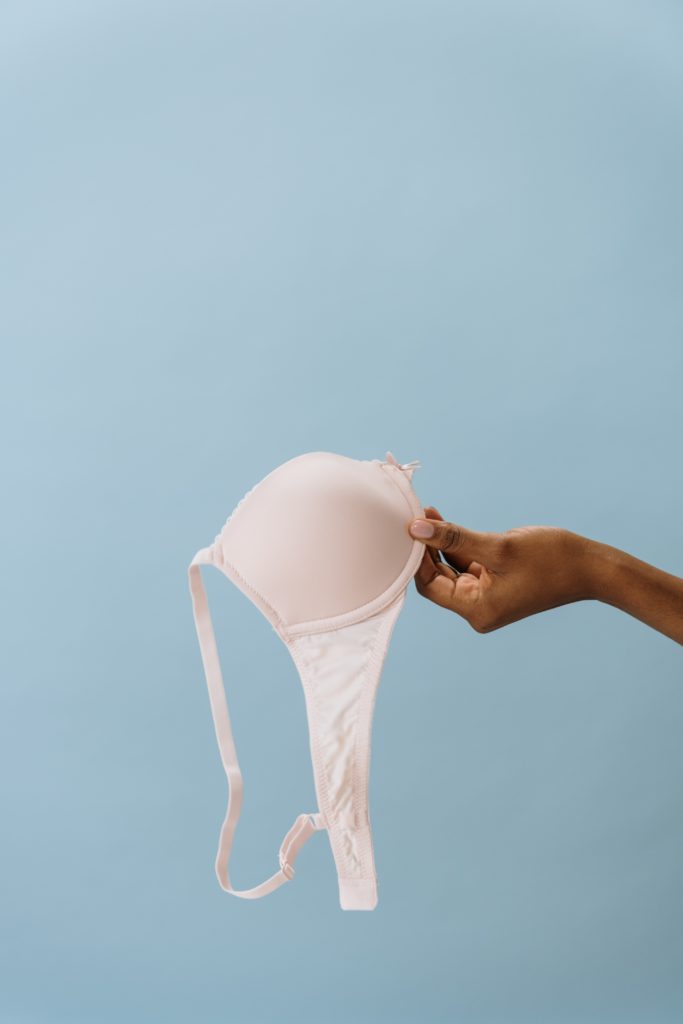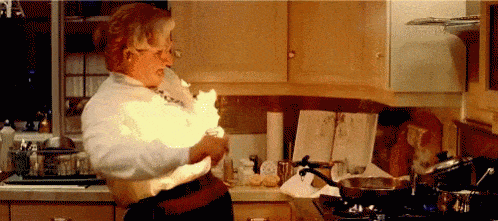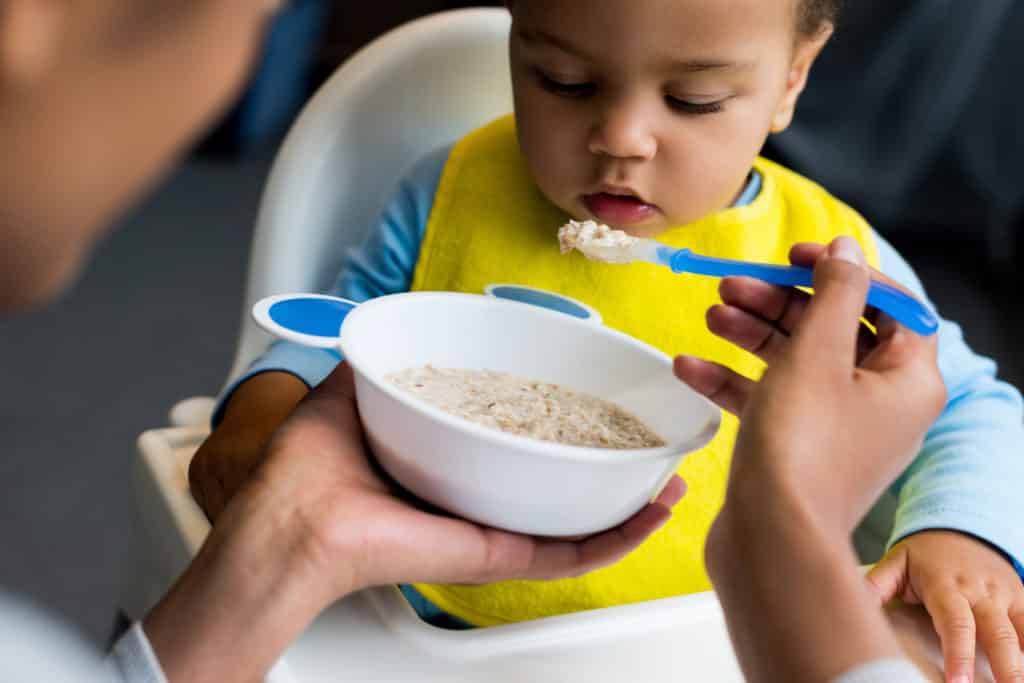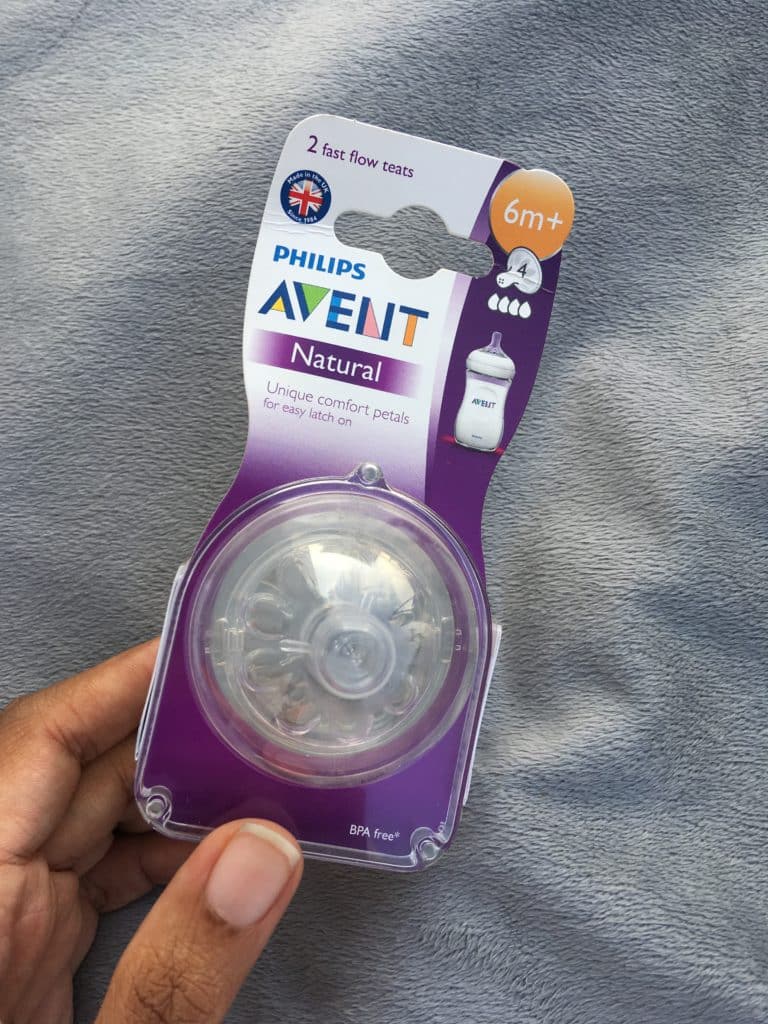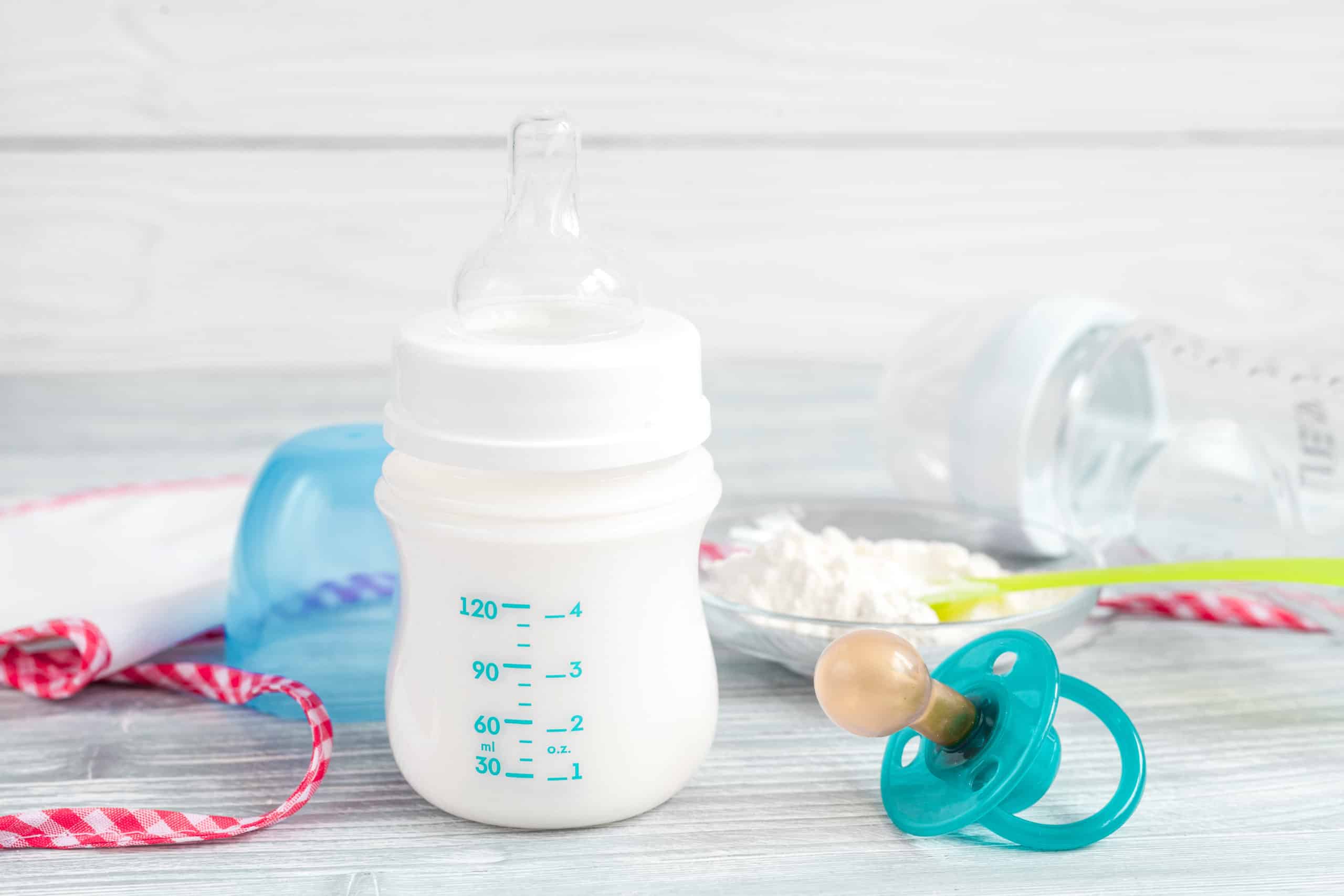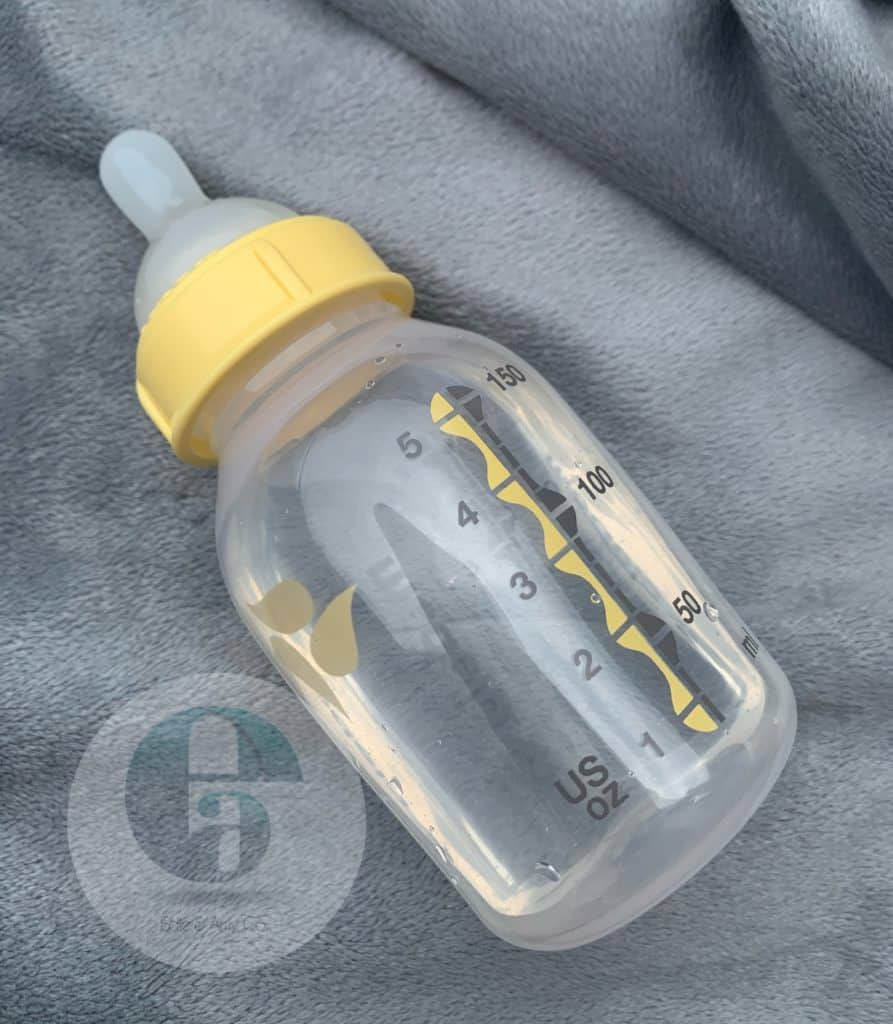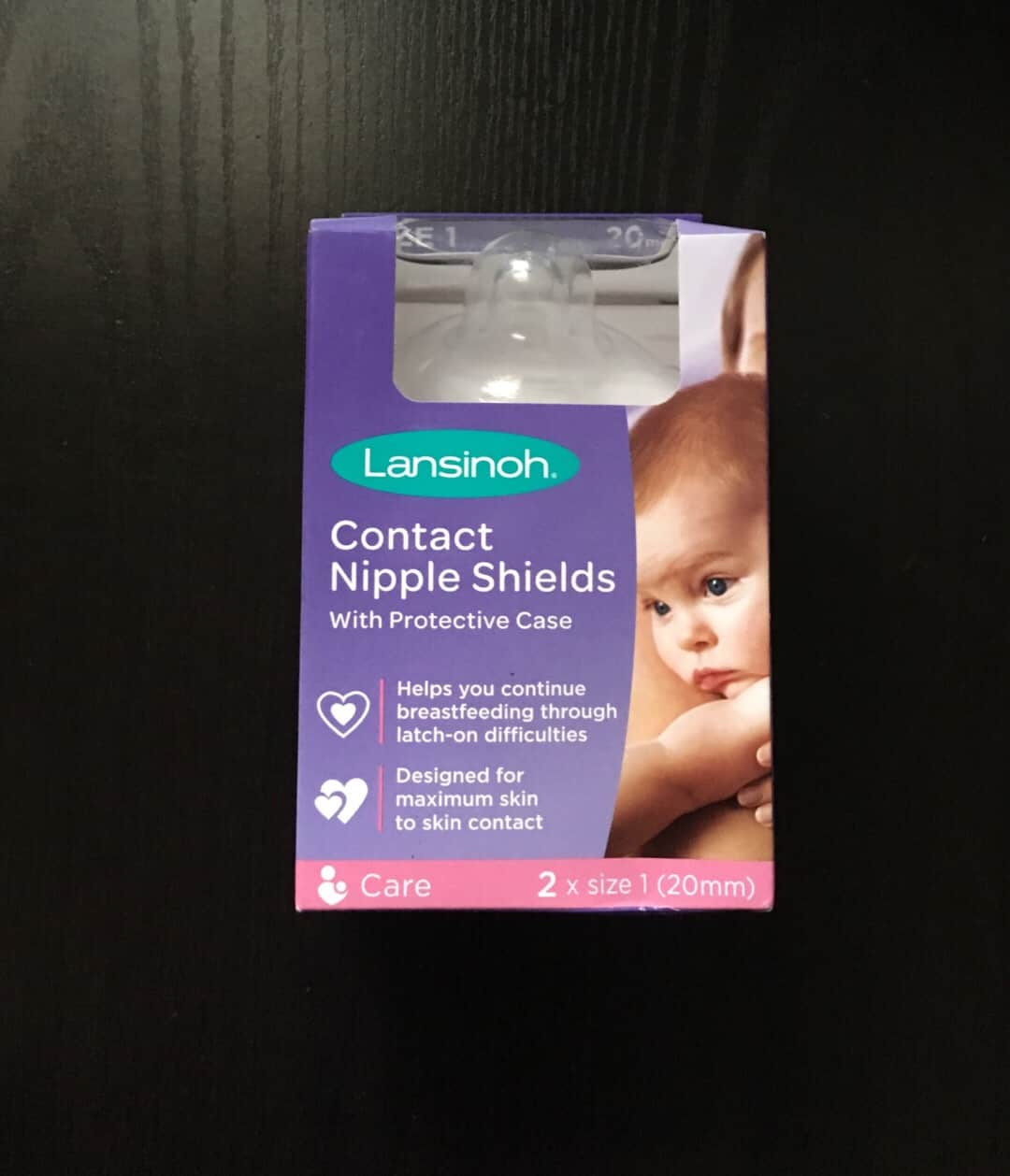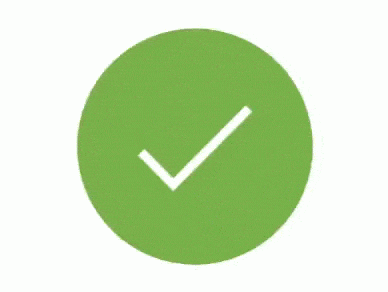One of the first activities for every new mom is to supply her baby with his/her first meal. Generally, this involves an important process known as breastfeeding. Although most women consider breastfeeding to be a natural and enjoyable process, it is by no means an easy one.
Sometimes breastfeeding can be stressful, time-consuming, painful or even scary. However, we can assure you that everything is absolutely worth it in the end. Once educated about your baby’s stomach size, you’re good to go. We understand that you may have countless questions and concerns about how breastfeeding works and how to do it effectively.
Why Should You Breastfeed?
Breastfeeding is the process of nourishing an infant with breast milk by suckling on his/her mother’s breast. The process of breastfeeding is really important for the following reasons:
- Nutrient Supply: Breast milk contains the perfect combination of every nutrient your child needs in the first six months of his/her life.
- Boosts Immunity: Effective breastfeeding reduces the possibility of ear infections, respiratory illnesses, and tissue damage. This is because breast milk contains antibodies which fight off harmful organisms and keep your baby healthy always.

In this article, we have compiled 21 essential tips to make breastfeeding effective for you and your little one.
The Mom Tips
1. Relax
This is the first step to an enjoyable and effective breastfeeding journey. It is important to note that your baby can sense tension. If you’re nervous or tense, your baby may not latch properly, thereby impairing the process of breastfeeding.
Before breastfeeding, remember that this period is designed to be enjoyable. Calm down, take a deep breath and enjoy the process.
2. Use a Good Nursing Bra
A good nursing bra is really important for effective breastfeeding. A suitable nursing bra would have special hooks, bands, and straps that make your breasts really easy to access during feeding sessions. In addition to this, avoid bras with under-wire while breastfeeding.
3. Eat Right
Remember, you’re eating for two and breastfeeding consumes a lot of energy. We recommend a well-balanced diet that contains a rich blend of vegetables, proteins and fruits to boost your breast milk production and supply.
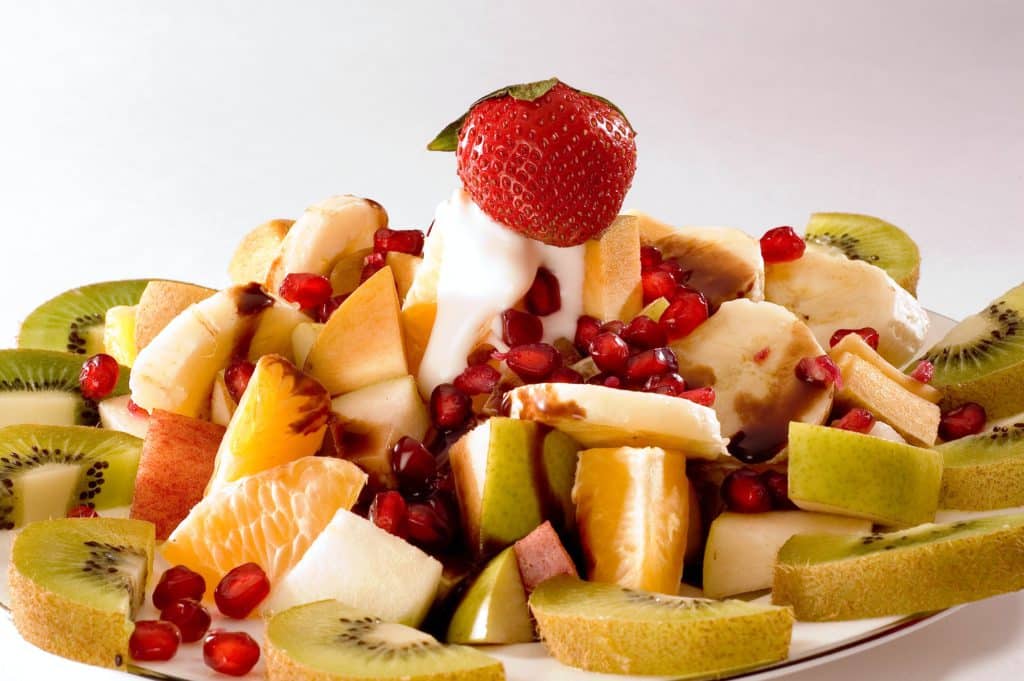
4. Stay Hydrated
Breast milk is made up of 90% water. Every mom who hopes to get the best out of her breastfeeding journey should drink water often. Although fluid requirements vary for each person, you should take at least 6-8 glasses of water daily.
In fact, we suggest you drink a glass of water just before you begin to breastfeed when possible. In addition to keeping you hydrated, this would calm your nerves and ease any nervousness.
5. Get a Comfortable Position
Comfort is key. To get the best out of breastfeeding, it is important to find the right position. As a breastfeeding mom, you’d spend a lot of time holding your baby to your breast during feeding sessions. Doing this in an uncomfortable position would leave you with serious back, shoulder, and neck pains.
There are several positioning options for you to choose from. This includes:
- The Cradle Hold: sitting in a reclined position with your little one nestled in your arms
- The Lying Down Position: baby and mother lying on their sides facing each other are common.
The important thing is to make sure your body is well supported, and you are holding your baby well.
6. Watch the Signs
Ultimately, your baby’s overall health and nourishment status would show how effective his/her breastfeeding sessions really are. To ensure that your little one gets the best out of every meal, watch out for the following key signs:
- Swallow Rate: The faster he/she swallows, the hungrier he/she is.
- Skin Color: After an effective feeding session, a light-skinned baby should be rose-pink or slightly blushed while a dark-skinned baby would look very relaxed and comfortable.
- Alertness: At the end of a proper breastfeeding session, your child should appear drowsy or completely asleep.
The Baby Tips
Essentially, these are just more tips for the mom. However, the following guidelines would help every baby get the best out of breastfeeding.
7. Use the Golden Hour
The first breast milk you produce right after birth is really important. This ‘first meal’ is called colostrum, which is rich in antibodies, nutrients, and essential vitamins. In addition to nourishing your child, breastfeeding in the first hour after birth (or the golden hour) promotes mother/child bonding.
8. Find the Right Latch
To get the best out of each breastfeeding session, your baby must latch (to your nipples) properly. To get a good latch, hold his/her chin down gently and open as he/she approaches to feed. Next, tickle his/her upper lip with your nipple and wait until the mouth is wide open before you guide the nipple in gently. Aside from ensuring your baby is fed optimally, a proper latch will help you to prevent pain in the breasts.

9. Get the Right Position
Your baby is really smart. We assure you.
In the early stages of breastfeeding, your baby would likely find the right position for him/her. You should pay close attention to this position so you can help him/her get into it easily. The goal is that your baby should face the nipple with his/her head, neck, and body in a straight line.
With the right position, your baby is sure to get the best out of every breastfeeding session.
10. Keep an Eye Out For the Poo
A proper meal is expected to stimulate bowel movement. To monitor how effective the feeding sessions are, keep an eye on your baby’s diapers. In the first few months of life, a baby is expected to have about 8-10 bowel movements daily, however, the diapers are expected to become very wet at mealtimes.
The Nipple Tips
The most important body structure during breastfeeding is the breast. The following tips would prepare your breasts for effective breastfeeding throughout this period.
11. Watch for Changes
As you nurse your child, observe your nipples closely. We advise that you keep an eye out for any obvious change. If your nipples are sore, itchy or reddish, it may mean that your baby is not latching properly.

Furthermore, you should report any lumps, consistent pain or discomfort to your doctor or lactation consultant.
12. Don’t Use Soap
Soap may leave the skin on your breasts dry and prone to irritation. While breastfeeding, we recommend that you do not apply soap on your breasts or nipples.
13. Keep Your Nipples Moisturized
Use a nipple cream regularly. In addition to moisturizing your nipples, a good nipple cream would keep them soft and pliable always.
14. Use a Cold Compress
Recent medical research show that breast engorgement serves as the leading cause of discomfort while nursing in the United States. This condition arises when the breasts produce more milk than required.
To avoid this, you can apply a cold compress after each feeding session. While using a cold compress, place a piece of cloth between your skin and the icepack. Please, do not place an icepack directly on your nipples.
15. Massage Regularly
While breastfeeding your child, remember to massage your breasts gently and regularly. This would drain the milk effectively and reduce the risk of breast engorgement.
Tips To Boost Breastmilk Supply
16. Drink Water
Again, you need to stay hydrated. Since breast milk is a fluid filled meal for your baby, one of the best ways to boost the supply is to take as much water as possible.

17. Feed on Demand
Allow your child set the pace. Right now, your baby knows his/her needs better than you do. Don’t schedule feeding sessions, we suggest that you breastfeed as often as your baby demands and milk flows.
Furthermore, let your baby determine the duration of feeding sessions. Don’t worry about how long he/she wants it, just remember to supply whenever a demand is made.
18. Switch Sides Often
Resist the urge to focus on one side. In the first few weeks of nursing, feeding from both breasts would boost breast milk production. Remember to alternate the breast you start feeding with each time. Regular feeding from only one breast would make it bigger and more productive than the other one.
19. Eat a Balanced Diet
Your meals matter too. As a nursing mom, you should eat right and eat regularly. Remember to balance your meals with a proper blend of fruits, carbohydrates, fiber, and vitamins.
20. Use a Breast Pump
A breast pump is a guaranteed way to maintain breast milk supply for your baby even when you’re not physically present. Remember, the more you supply, the more you produce.
21. Get Professional Assistance
This tip is really important for women with complex problems like extremely low breast milk supply or glandular hypoplasia. In this case, a lactation consultant or breastfeeding support group would supply needed support, counsel, and medical advice.
A Final Tip
Remember the breast milk demand and supply rule?
Yes, it works.
Our final tip is that you don’t stop breastfeeding. As you continue to nurse your baby, it’d get easier and the supply would increase. Therefore, no matter how difficult it is in the beginning, the journey would get easier.
Also, remember to speak with your doctor about any major concerns or discomfort while breastfeeding.
We hope these tips would help you nourish your little one effectively and make the breastfeeding journey smooth and memorable for you.










